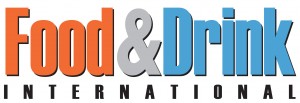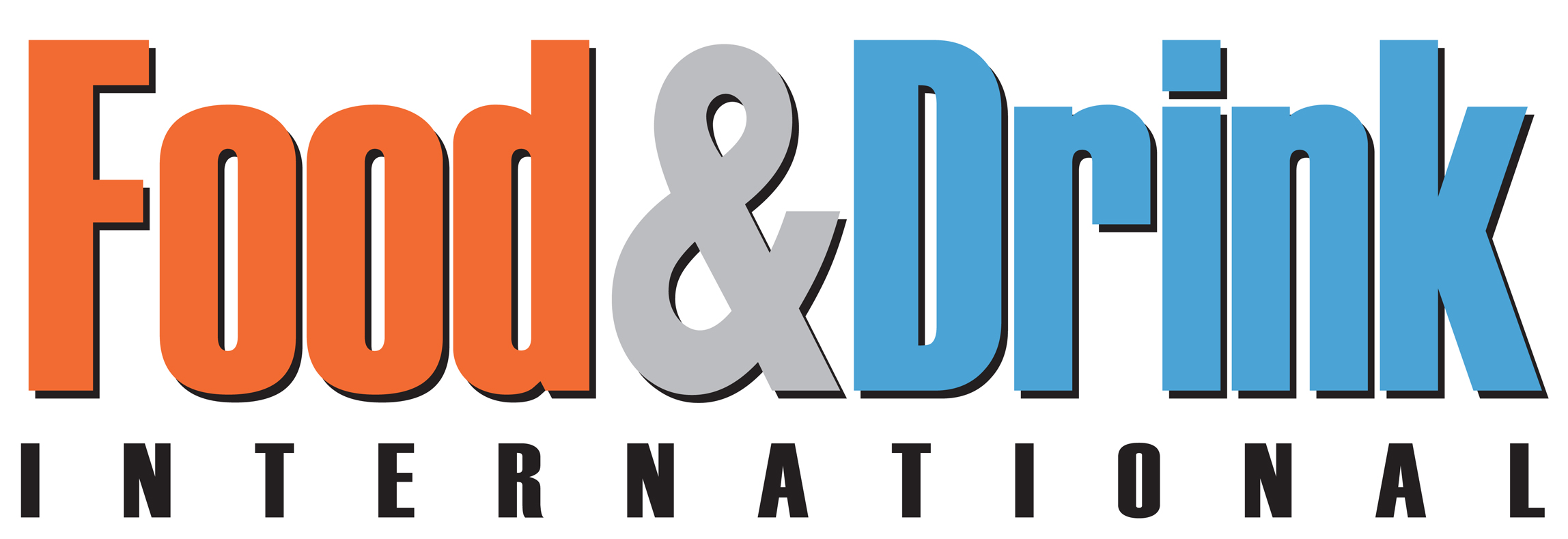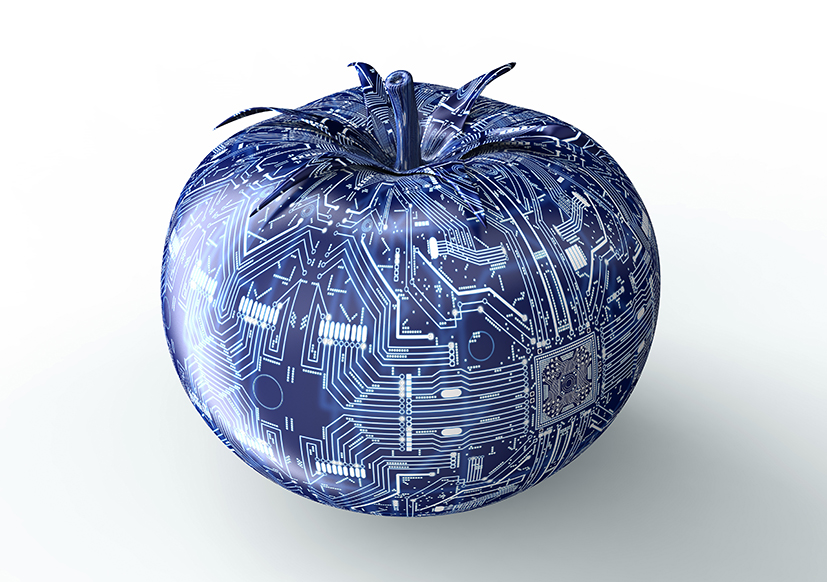A team of scientists has achieved a new milestone in 3D food printing, successfully producing a three-course meal using a combination of multi-wavelength laser cooking and precision layering. The development, outlined in the Journal of Food Engineering, marks a major step toward scalable, texture-controlled printed foods that could soon have applications in the food manufacturing and catering sectors.
Unlike earlier printed foods that relied on uniform pastes and gels, this method uses lasers operating at different frequencies to cook ingredients in fine layers. The approach allows adjustments to the texture of each dish, including firmness, elasticity, and chewiness, improving the overall eating experience and consistency.
The research involved 14 separate ingredients arranged into a full meal, representing the most technically complex 3D-printed dish to date. Scientists believe this level of precision could support wider adoption of plant-based products and cut production waste in commercial food environments.
The technology has potential for industrial kitchens seeking efficiency, standardisation, and customisation at scale. Further trials will be required before the process can be adapted for commercial food manufacturing or hospitality use.


